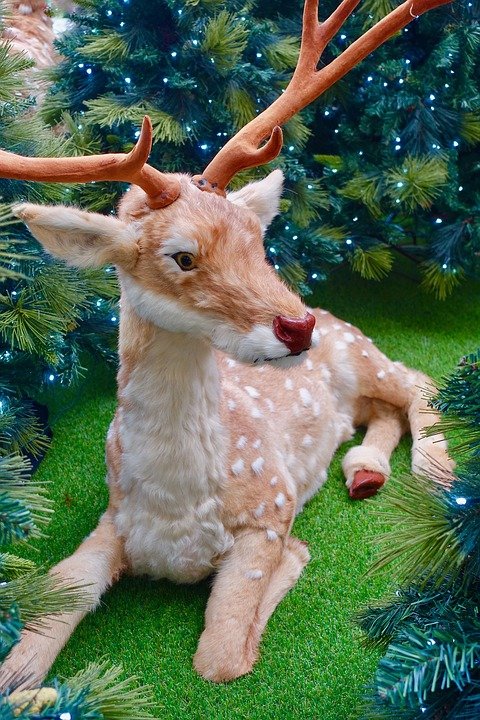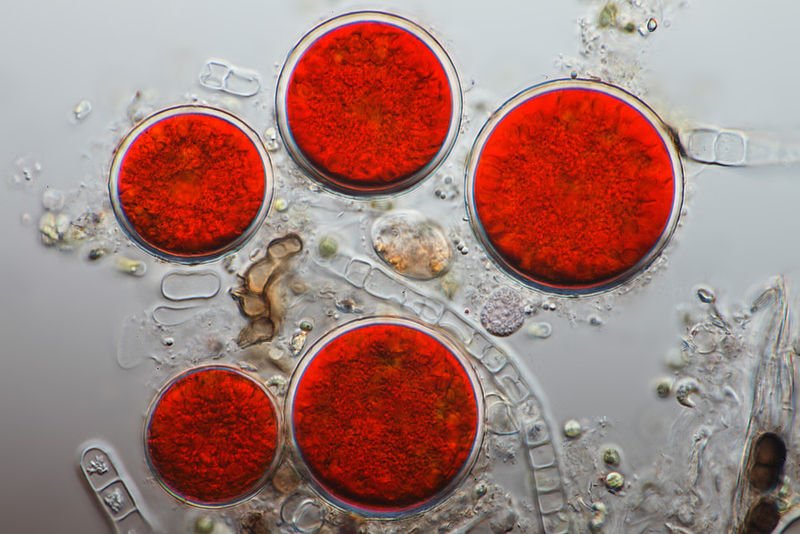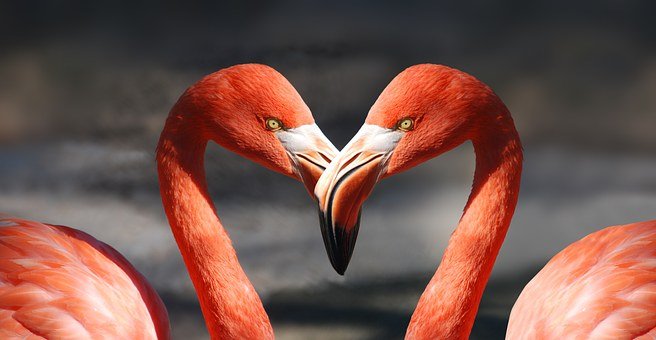
Source
This is one of the questions that @suesa proposes to solve in his third challenge "Suesa's Science." Here you can see the contest link.
Antecedents
Conclusion of an observational study published in the British Medical Journal:
The reindeer's bright red nose obeys a high vascular density, being 25% higher than in humans; it protects reindeer from the freezing of their nose, as well regulating brain temperature.
This great vascularization will allow a greater flow of blood to the nasal area, bringing with it more red blood cells that will give the reddish color.
However, for Rudolph's exclusive case, he would need a little more brightness and color to be able to illuminate the sky. So I will appeal to nutrition as a causal source that gave this legendary reindeer, so particular characteristics.
Hypothesis: The extraordinary brightness and red coloration of the Rudolph's nose is a consequence of accumulation in the nasal tissue of the astaxanthin carotenoid.
¿What are carotenoids?
Carotenoids are pigments that give color to the vegetable kingdom, they come specifically from a molecule denominated isoprene and from which derive the terpenes.

More than 600 carotenoids have been identified, the following image lists the most common carotenoids:

In their chemical structure, the carotenoids are formed by 40 carbon atoms with double conjugated bonds, the changes experienced by the molecule, gives it the characteristic of reflecting color, obtaining a diverse range from intense reds to yellow; these pigments also have functions related to the survival of the species.
The polar characteristic of the carotenoids, gives the ability to bind selectively and accumulate to certain tissues of the species that consume these pigments (subcutaneous tissue, macula, feathers, organs etc.)
Thus, the consumption of high doses of beta-carotene (carotenoid present in orange and yellow vegetables such as carrots, squash, etc.) gives a tanned orange tone due to accumulation of pigment in the subcutaneous tissue.
Astaxanthin is another carotenoid, it is bright red pigment, produced by the microalgae denominated Haematococcus pluvialis; the function of this pigment is to protect the microalgae from adverse conditions such ultraviolet radiation by exposure to intense sunlight, high salinity, desiccation, or lack of nutrition.
When the environment becomes rough, the algae become encapsulated producing astaxanthin even up to 5% of its dry weight, being able to remain in this state for many years.

Cysts with Astaxanthin inside Haematococcus pluvialis
Source
Some marine creatures such as salmon, shellfish, krill; incorporate this micro algae in their usual diet; the pigment bioaccumulates in their tissues, giving the characteristic intense color bright to these species.

Source
Flamingos are born white, and only get their beautiful reddish when they consume these algae or marine species that have accumulated astaxanthin in their tissues.

Source
¿How does Rudolph incorporate this algae into his diet?
Reindeer are herbivores, so they feed preferably on grass but may also include lichens, mushrooms, birch leaves. Their developed sense of smell and the mobility of their front legs allow them to dig for food.
The algae live in aquifer environments, has been found on all continents except Antarctica. It has also been isolated from bark, rocks and rainwater ponds. Rudolph could have achieved a considerable amount of astaxanthin through the consumption of water and plant species that he dug up from the soil.
In addition, with so much work Rudolph needs a powerful antioxidant that provides protection; studies have found that the antioxidant properties of astaxanthin are transferred to the species that consume it.
Thus, in this way Rudolph will obtain a constant glow red nose, plus an adequate physical condition that will allow him to travel around the world every year.
Sources and References
- Observational study | The BMJ
- Haematococcus pluvialis
- Astaxanthin
- Notes Cathedra Nutrition and Dietetics Faculty of Medicine H. A Barceló.
